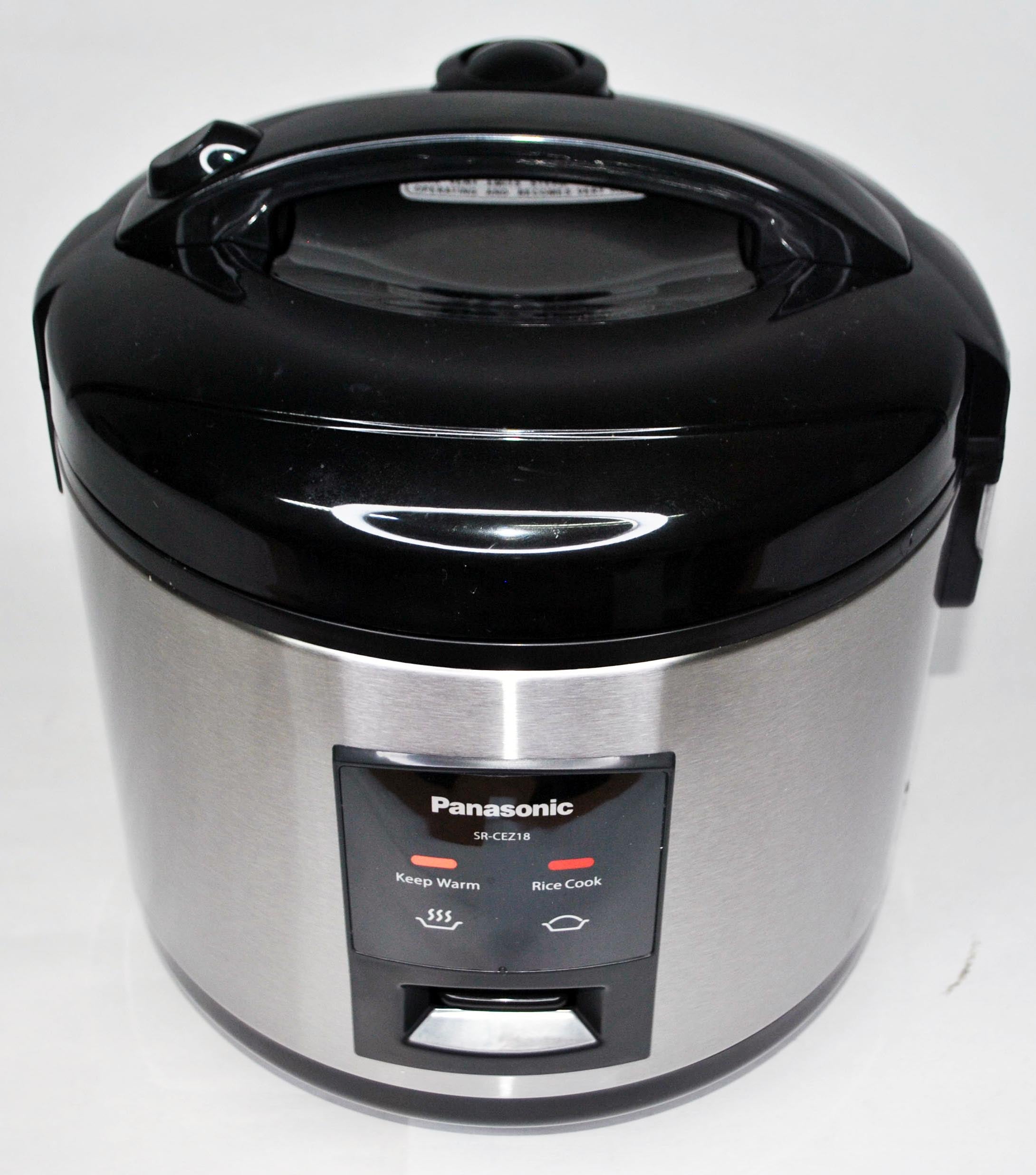When it comes to cooking perfect rice, a rice cooker can be a game-changer, and Panasonic rice cookers are among the best in the market. On TheKitchenApplianceDad.com, I’ve had the opportunity to explore a wide range of kitchen appliances, and Panasonic’s rice cookers stand out for their reliability and ease of use. In this post, I’ll walk you through the Panasonic rice cooker instructions to ensure you get fluffy, delicious rice every time.
Before diving into the cooking process, it’s essential to familiarize yourself with your Panasonic rice cooker’s components and functions. Most Panasonic rice cookers come with a cooking pot, a measuring cup, a rice scoop, and a steam basket. The control panel typically features settings for white rice, brown rice, quick cook, and sometimes functions for steaming or making porridge.

Always use the measuring cup provided with your Panasonic rice cooker to measure the rice. The cup usually has a 180ml capacity, which is considered a standard rice cup. Remember that the marks inside the cooking pot correspond to this specific cup size.
Rinsing rice is a critical step that shouldn’t be overlooked. Rinse the rice under cold water until the water runs clear. This process removes excess starch, preventing the rice from being too sticky. Some Panasonic models even come with a rinse-free setting, but it’s generally good practice to rinse.
Once the rice is in the cooker, add water according to the markings inside the pot for the type of rice you’re cooking. For white rice, the water level should match the number of cups of rice you’ve added. For brown rice, you may need to add a little extra water due to its higher bran content.
While the rice is cooking, avoid opening the lid. This can release steam and affect the cooking process. Panasonic rice cookers use advanced fuzzy logic technology to adjust the cooking time and temperature as needed, so trust the device to do its job.
Once the rice is done, most Panasonic rice cookers will switch to a “keep warm” mode automatically. Let the rice sit in this mode for about 10 minutes to allow the moisture to redistribute evenly. This results in a better texture.
After the resting period, use the rice scoop to fluff the rice gently. This separates the grains without crushing them, ensuring a light and fluffy texture.
Many Panasonic rice cookers also come with a steam basket, allowing you to steam vegetables, fish, or dumplings while the rice cooks. Here’s how to use the steaming function:
Panasonic rice cookers may also have functions for sushi rice, porridge, or even cake. These settings are tailored to provide the right cooking conditions for each dish. Always refer to the user manual for specific instructions related to these functions.
After each use, clean the cooking pot, rice scoop, and measuring cup with warm soapy water. The inner lid of the rice cooker is often detachable and should be washed regularly to prevent any build-up of residue. Ensure all parts are completely dry before reassembling the cooker.
To maintain your Panasonic rice cooker’s performance:
If your rice isn’t coming out as expected, it might be due to the water-to-rice ratio. Try adjusting the amount of water—more for softer rice, less for firmer rice. Also, ensure you’re using the correct setting for the type of rice you’re cooking.
This is often caused by excess starch on the surface of the rice. Double-check that you’ve rinsed the rice thoroughly before cooking. Another reason could be overfilling the cooker with rice or water, so always stick to the recommended measurements.
Check to make sure the cooker is plugged in and the outlet is functioning. If the cooker still doesn’t start, consult the user manual or contact Panasonic customer service for assistance.
For more tips, recipes, and advice on kitchen appliances, keep visiting us at TheKitchenApplianceDad.com. Happy cooking!

